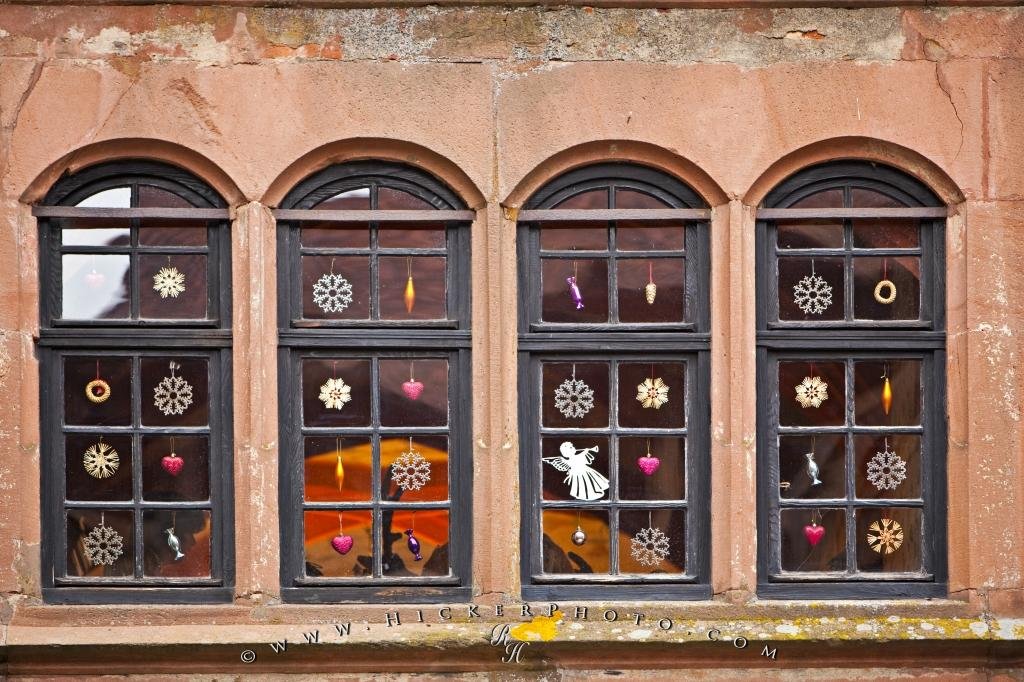5 Reasons Modern Decor Falls Flat—and How to Fix It

In the fast-paced, ever-evolving realm of home decor, trends come and go. While some might argue that design is inherently subjective, there are common pitfalls in modern decor that often result in interiors that feel bland, uninviting, or simply lack character. Here, we explore five reasons modern decor might be falling flat and, importantly, how to remedy each one to create spaces that are both beautiful and brimming with personality.
Lack of Personal Touch

One of the most frequent criticisms of modern decor is its tendency to lack personal touch. Modern designs often prioritize sleek lines, minimalism, and functionality, which can inadvertently lead to cold, uninviting spaces.
- Problem: Over-reliance on mass-produced items devoid of character or story.
- Solution: Infuse personal elements into the decor:
- Display family heirlooms, souvenirs from travels, or even art you’ve created.
- Opt for custom furniture or decor items that can’t be replicated, offering a unique feel.
- Frame personal photos or meaningful quotes, introducing a touch of warmth and familiarity.
Monochromatic Color Schemes

Modern decor often favors a monochromatic color palette. While this can create a clean, minimalist aesthetic, it can also make a room feel one-dimensional and lack visual interest.
- Problem: Lack of color variation can result in a flat, uninspiring space.
- Solution: Use the following techniques to inject life into your color scheme:
- Introduce accent colors through accessories, art, or small furniture pieces. Choose colors that reflect your mood or the ambiance you wish to create.
- Consider using layers of color, blending your primary color with subtle tones or shades that complement it.
- Use patterns to add depth and interest. Patterned textiles or wallpapers can provide visual texture without overwhelming the space.
The Overuse of Open Space

Open plan living has become synonymous with modern design, with the idea that it fosters connectivity and openness. However, too much open space can feel impersonal or overly exposed.
- Problem: The lack of physical barriers leads to rooms lacking distinct identities or purpose.
- Solution: Define spaces within the open layout:
- Use area rugs to visually separate different zones within one room.
- Partition areas with furniture or freestanding screens.
- Incorporate elements like shelving units or different ceiling heights to suggest distinct areas without physical barriers.
Neglecting Texture

Modern decor’s focus on sleek surfaces can often overlook the importance of texture in creating depth and warmth.
- Problem: Rooms can appear sterile or flat without the contrast of texture.
- Solution: Incorporate various textures:
- Add throw blankets or pillows with interesting textures like boucle, velvet, or linen.
- Consider natural elements like wood, rattan, or stone.
- Layer different materials for rugs, upholstery, and even wall treatments to create a more tactile environment.
Ignoring Scale and Proportion

Modern design tends to streamline everything, but neglecting scale can lead to furniture and decor that’s either too small for the space or overwhelming.
- Problem: Incorrectly sized furniture can disrupt the balance of a room, making it feel either empty or claustrophobic.
- Solution: Pay attention to scale and proportion:
- Use statement pieces or oversized art to anchor a room.
- Choose furniture that fits the room’s dimensions; consider custom options if necessary.
- Incorporate a mix of different heights, sizes, and shapes to maintain visual interest.
In conclusion, modern decor, while stylish, can often feel impersonal or flat if not approached with care. By addressing these five common issues through thoughtful design choices, you can create spaces that are not only functional but also warm, inviting, and reflective of your unique personality. Whether it's introducing personal touches, breaking the monochromatic spell with color, rethinking open spaces, embracing texture, or getting the scale right, each strategy plays a part in transforming a potentially lifeless room into a space that feels like home.
How can I personalize a minimalist space?

+
Personalizing a minimalist space involves strategic choices. Introduce personal items like family photos, unique art pieces, or travel souvenirs. Choose pieces with distinct character that cannot be replicated, helping to tell your story.
What are some ways to bring color into a monochromatic room?

+
To add color without overwhelming the room, start with small accents. Think throw pillows, art, or a vibrant vase. Use these to introduce colors that enhance the mood or the intended atmosphere of the room. Patterns and textiles can also help to layer colors subtly.
Can open plan living still feel cozy and intimate?

+
Absolutely. Define different zones within the open space by using area rugs, furniture layouts, or screens to create visual and physical boundaries. Consider using different lighting schemes or ceiling heights to mark different areas while maintaining an open feel.
What role does texture play in modern decor?

+
Texture adds warmth and depth, breaking the monotony of smooth surfaces. By incorporating a variety of textures, you create a more dynamic and inviting environment, enhancing the visual appeal and tactile experience of the space.
How important is the scale of furniture in modern design?

+
Scale and proportion are crucial in modern design to ensure harmony and balance in the room. Furniture that’s too small can get lost, and too large can overwhelm. The key is to select items that fit the room’s dimensions and work together to create a cohesive look.



